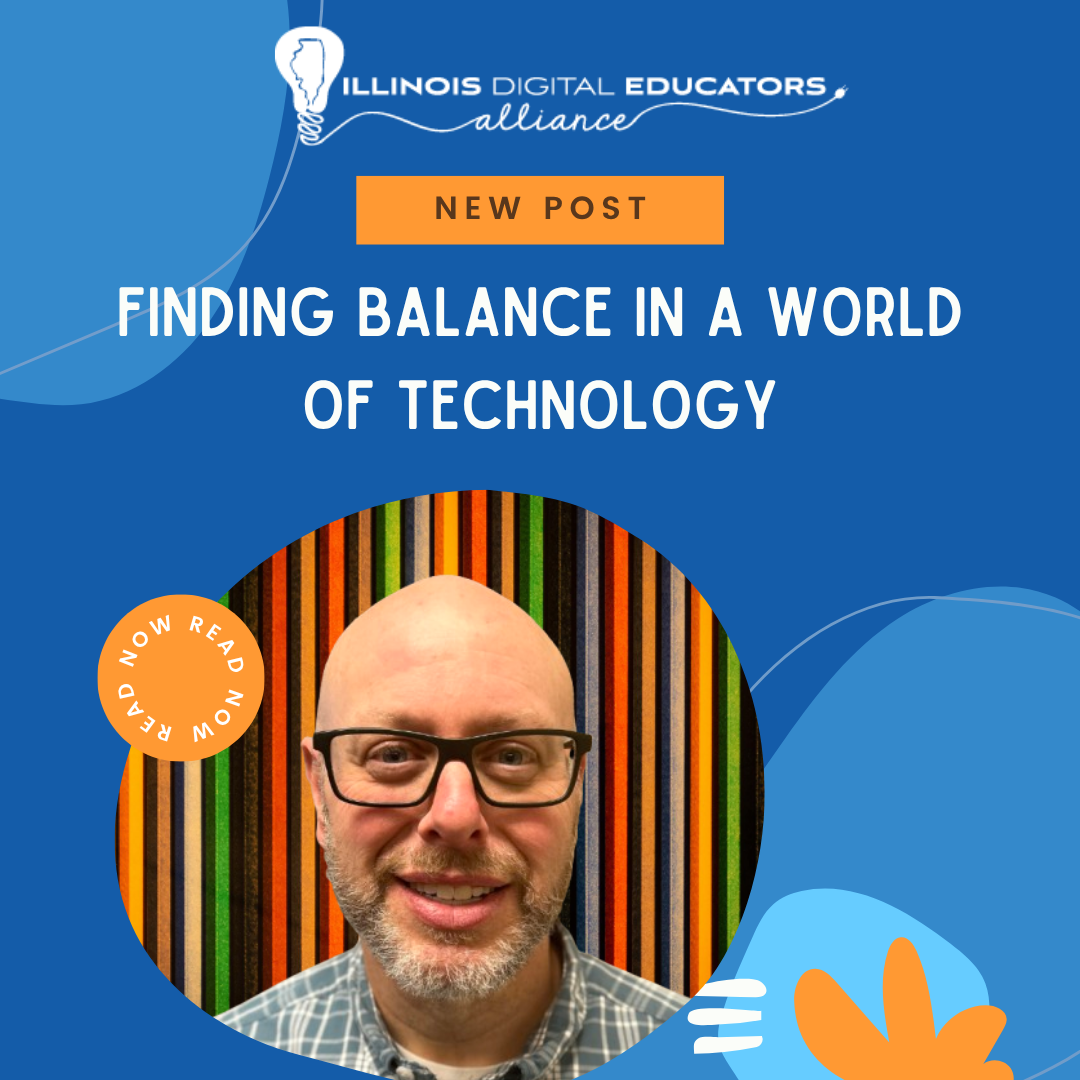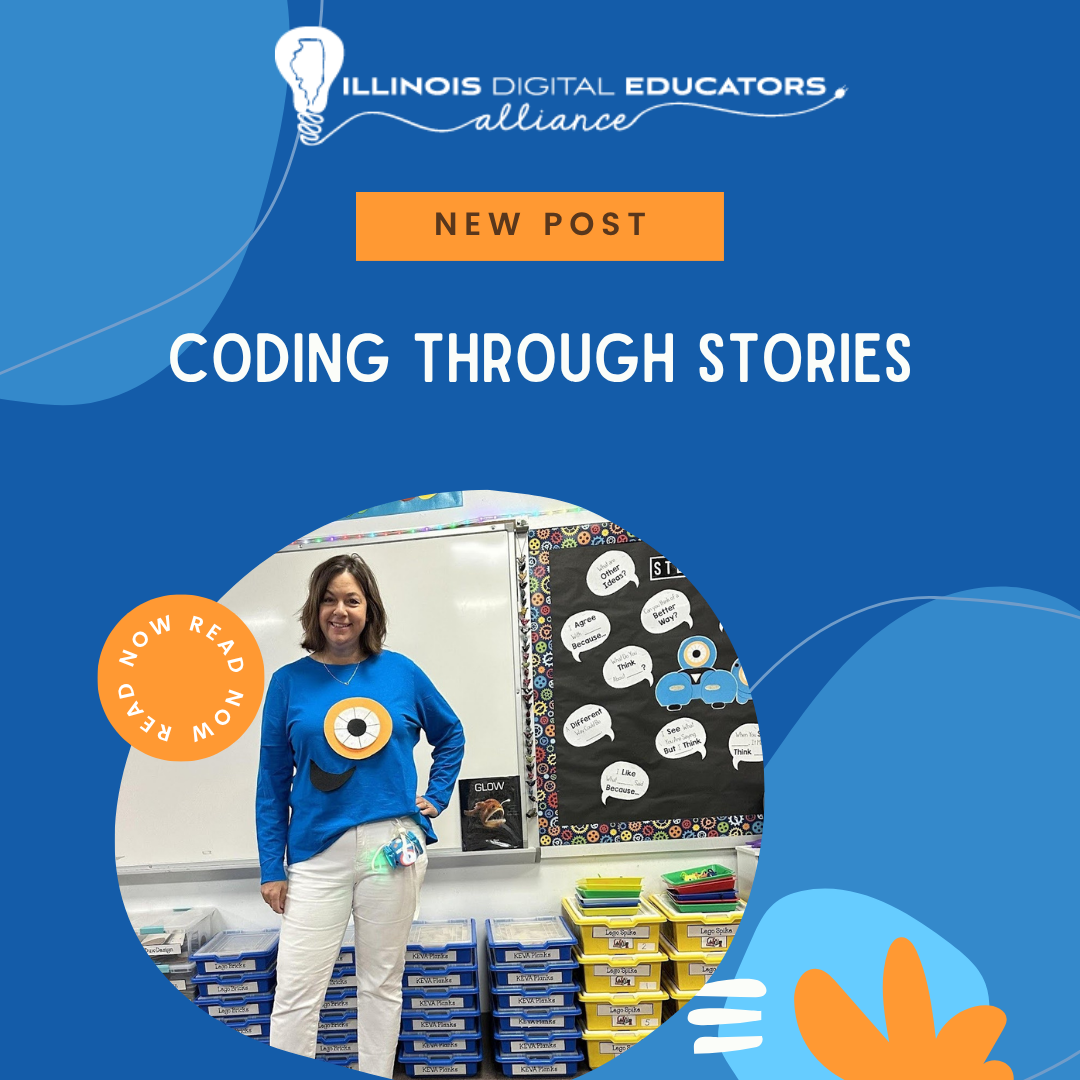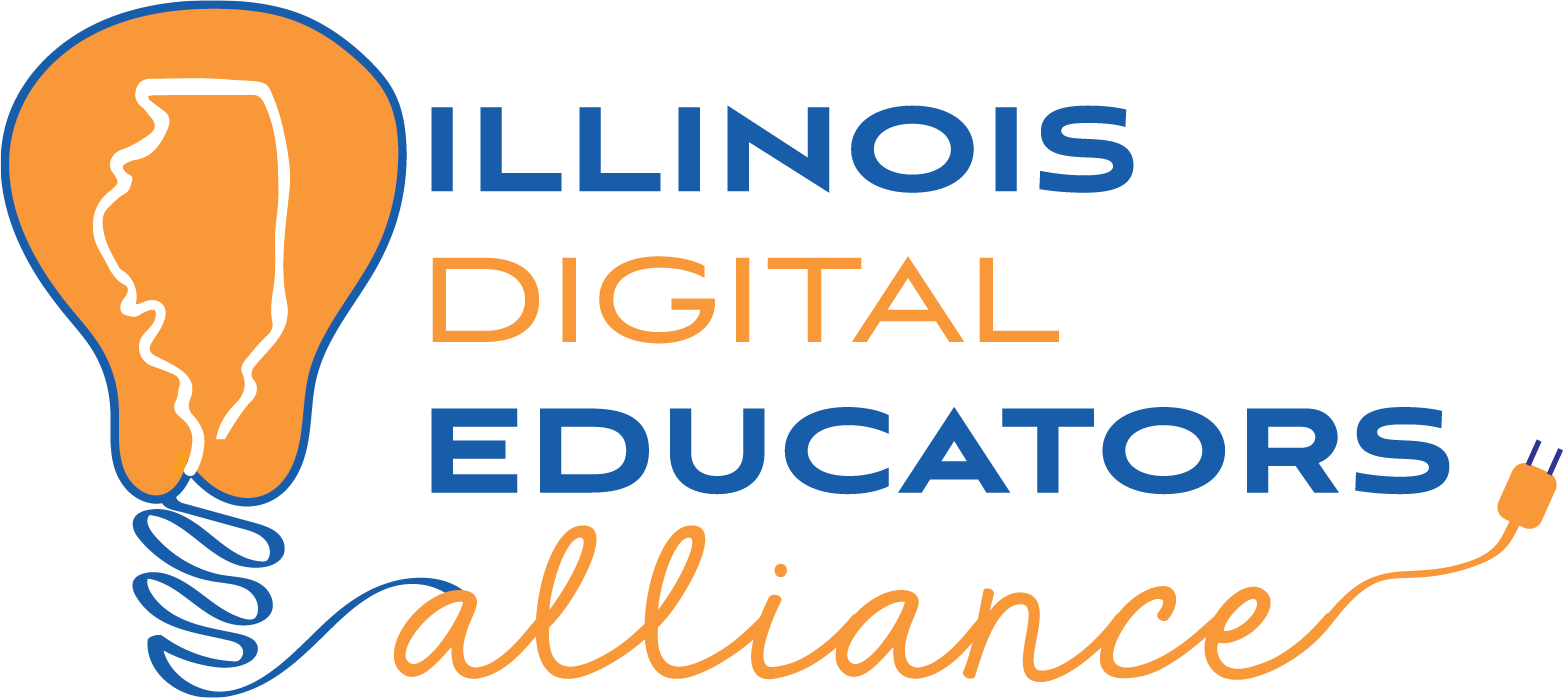On the Road with CodeHS: Illinois Edition

The first week of the CodeHS road trip started in the heart of the Midwest — Illinois! Each classroom visit was packed with hands-on learning, insightful questions from students, and fun coding challenges in Python.
Here’s a look back on our first few stops in Illinois, the activities we hosted and incredible students and teachers we met along the way.
Stop 1: Stevenson High School (Lincolnshire, IL)
We kicked off the road trip at Stevenson High School in Kelly Smith’s computer science classes with an engaging AI lesson. The highlight of the visit was the student coding Python challenge with Tracy the Turtle. Students were tasked with creating a digital version of the iconic pink CodeHS van, and the classroom excitement was contagious as they competed for a chance to win an exclusive stuffed Super Karel! This was such a fun visit, and really set the tone for the visits to come later on.
Stop 2: Northside College Prep (Chicago, IL)
Our next stop was at Northside College Prep, where we joined Amy Wagner’s AP Computer Science Principles classes. The students, who were just getting started with their CodeHS accounts, eagerly dove into Python lessons. The CodeHS Team each shared their own journeys in computer science and answered questions about the field and their careers.
A particularly memorable moment was meeting students from Northside College Prep’s robotics team, who were already familiar with CodeHS and working on impressive projects. Students took the opportunity to ask the CodeHS CEO, Jeremy Keeshin, questions and sparked an insightful discussion about the entrepreneurial side of tech.
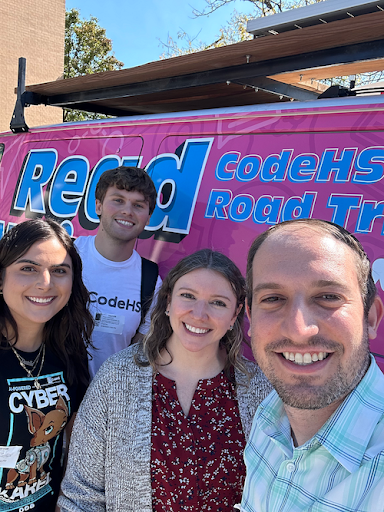
Stop 3: McHenry High School (McHenry, IL)
At McHenry High School, our team led an assembly-style presentation with over 70 students. We discussed careers in the computer science field, and many students were eager to ask questions related to college and career readiness. The students also broke into smaller groups to work on a coding graphics challenge with Tracy the Turtle. Our team was impressed with how respectful the students were, their curiosity, and their excitement to learn, making the visit even more worthwhile.
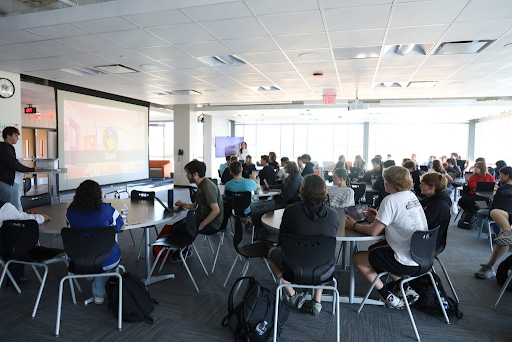
Shoutout to Kelly, Amy, and Tim for inviting us to visit their computer science classes and being the first visit of our cross-country road trip!
Want CodeHS to visit your school?
We’re just getting started with the road trip and can’t wait for the next school on our list to visit! Learn more and request a visit at codehs.com/roadtrip.
Follow us on TikTok and Instagram to follow along on this cross-country adventure throughout the school year!
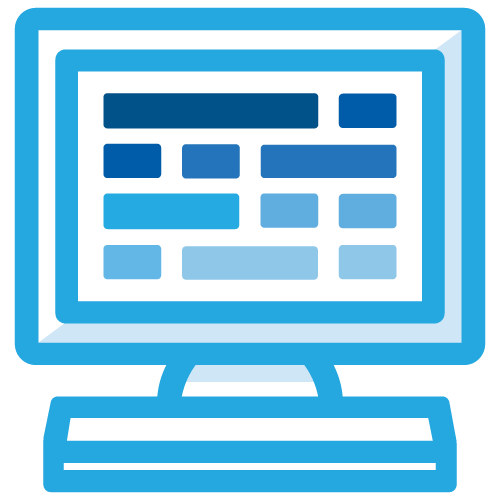
CodeHS is an online computer science education platform that supports schools and districts in teaching computer science. We offer an all-in-one solution for schools that are looking to improve or create a K-12 computer science program. Our platform includes a free web-based curriculum for teaching all levels of computer science, from Introduction to Computer Science to AP Computer Science classes. In addition, we provide tools for teachers to manage their classrooms and professional development to help new and experienced teachers learn to teach coding effectively.
We are working with schools and districts worldwide to bring the best-in-class computer science classes. Learn more or sign up at
codehs.com.


